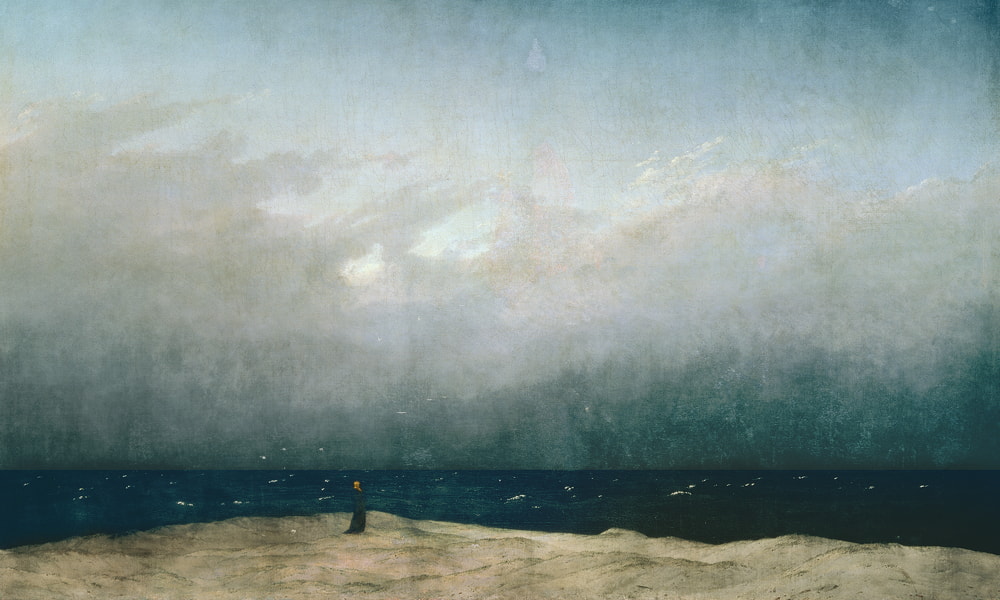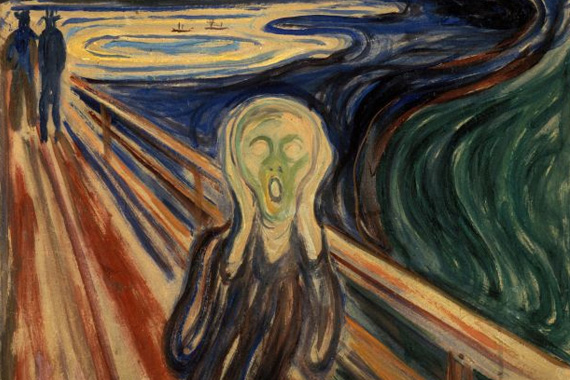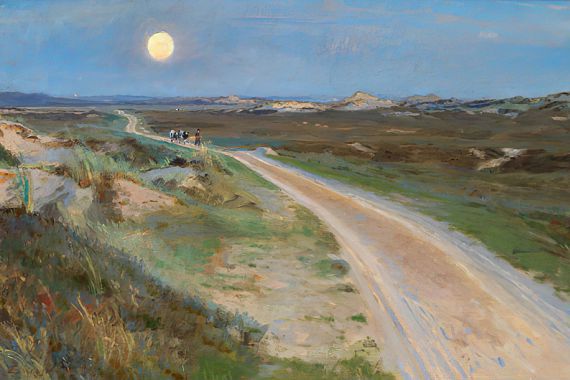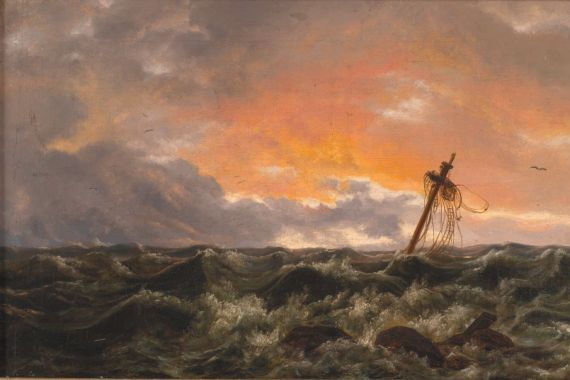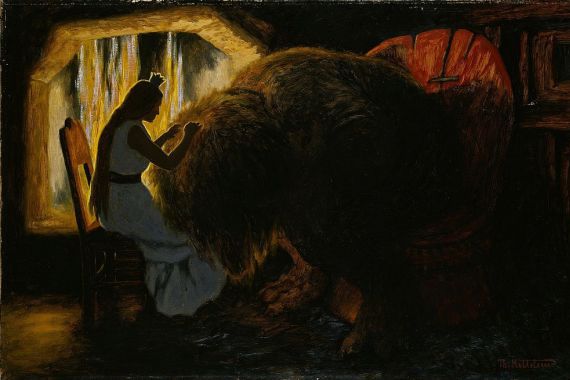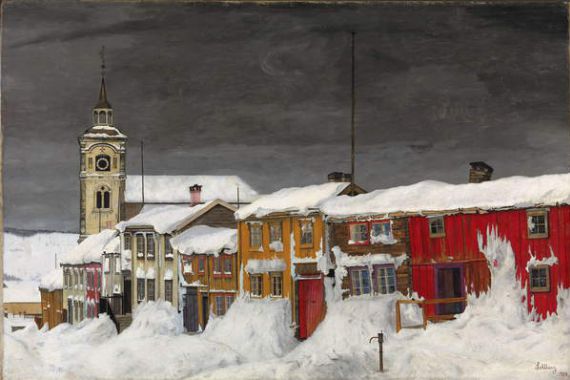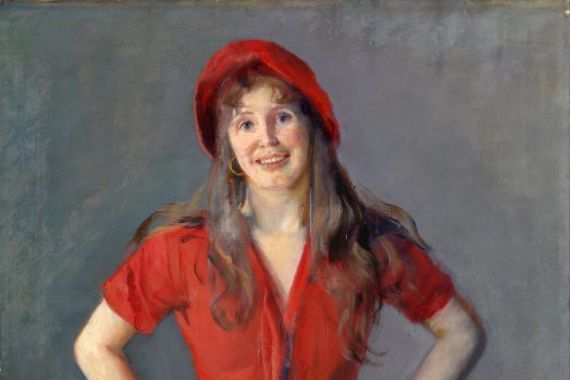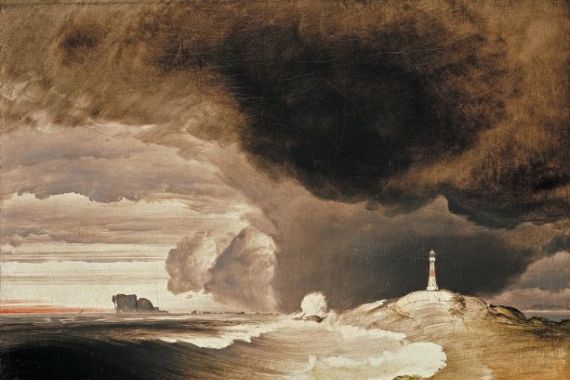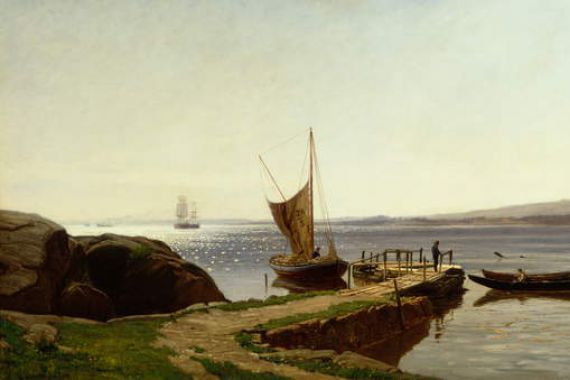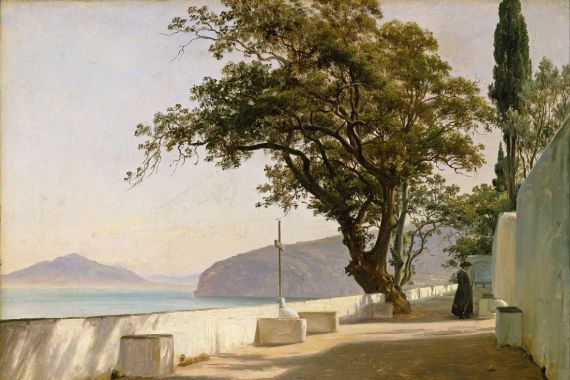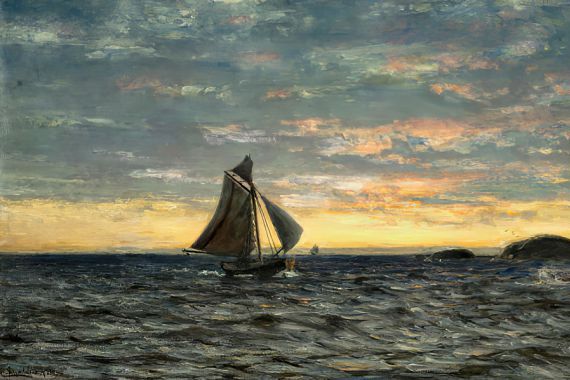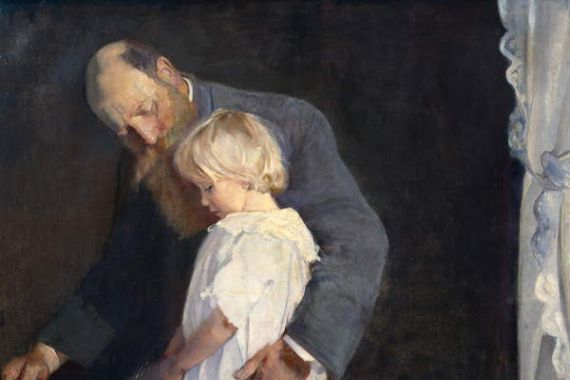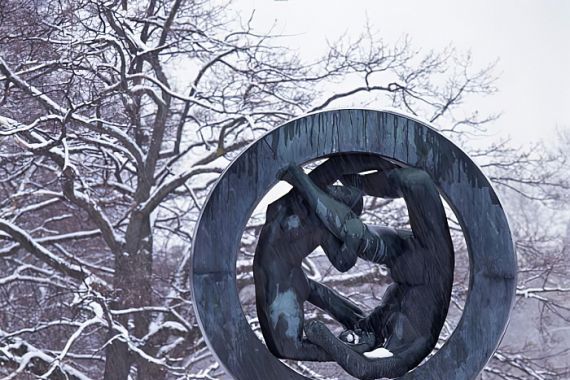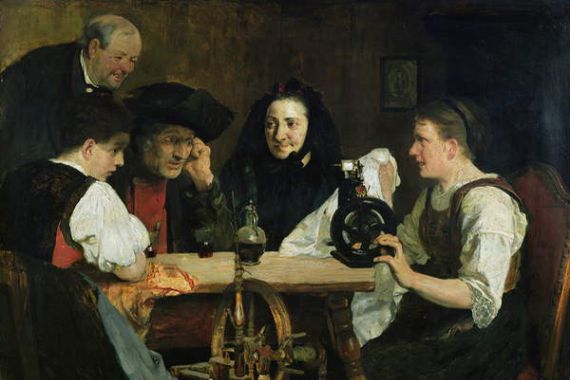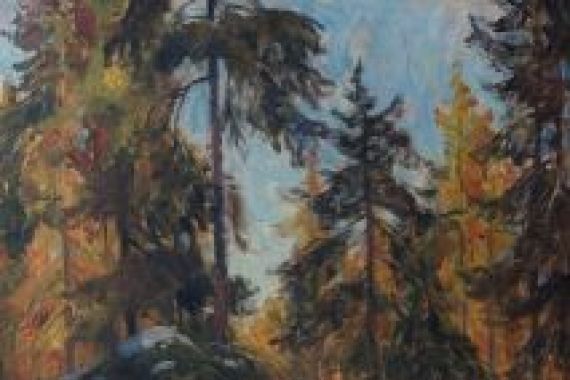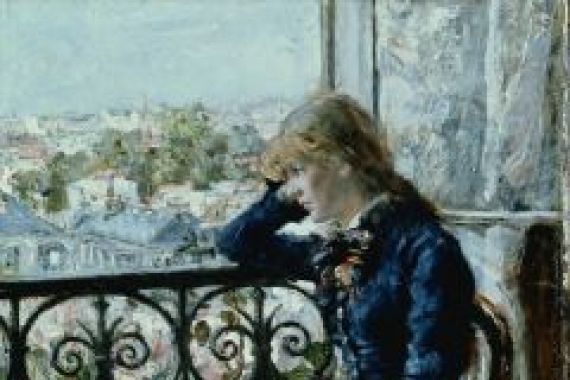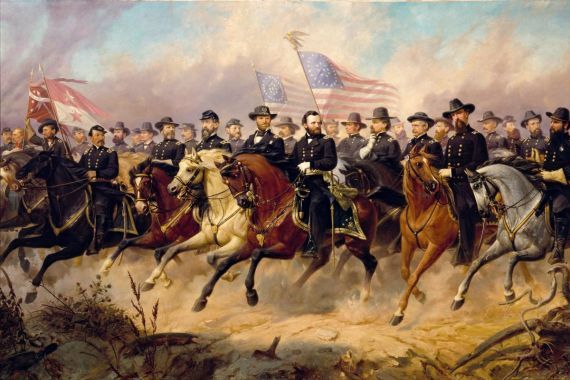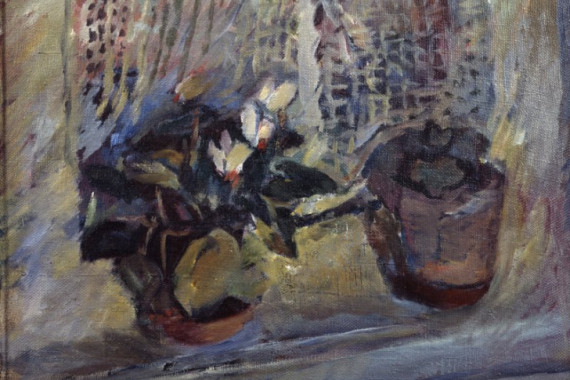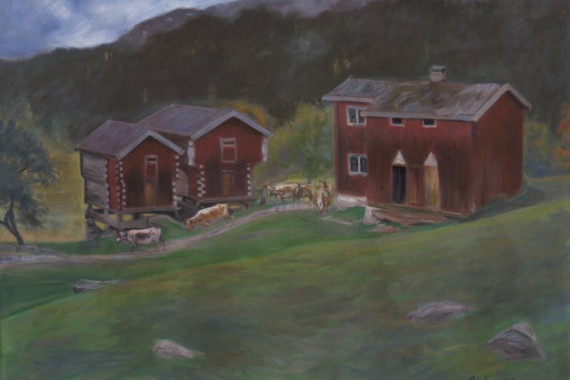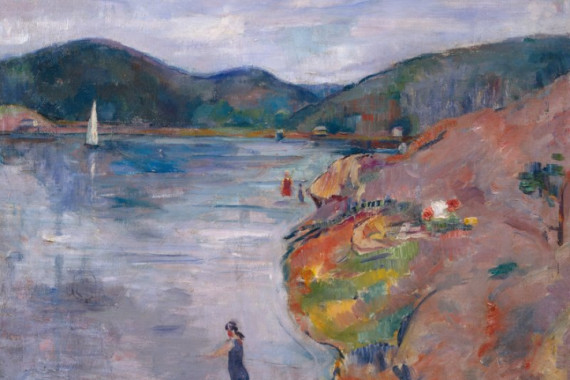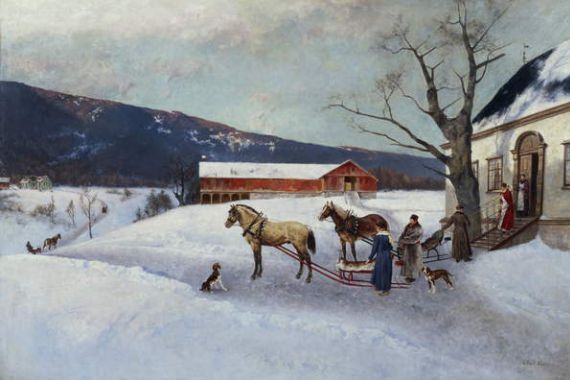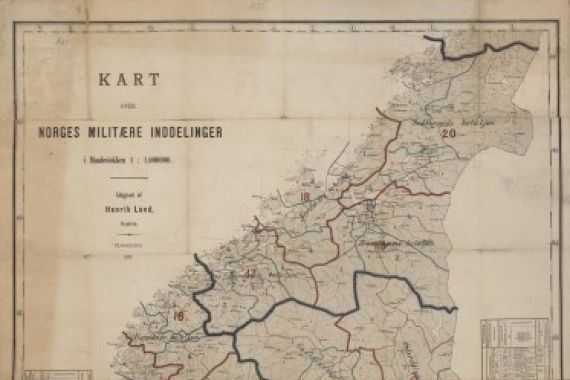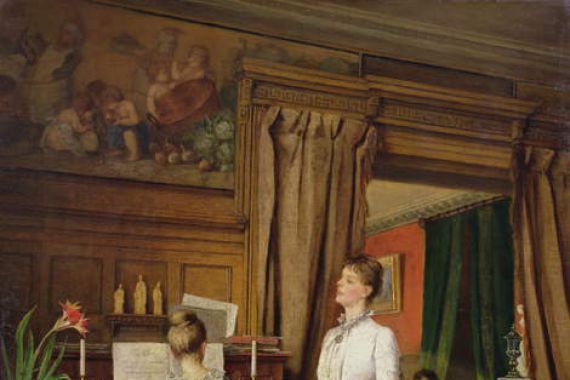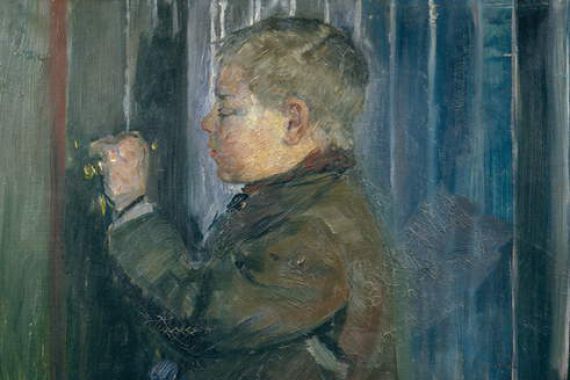Norway is like an endless day in summer: the light never seems to end and yet it is constantly changing, bathing fjords, forests and mountains in ever new colours. The first time I sat by a Norwegian lake with my sketchbook, I felt how the landscape challenged not only my eyes but also my imagination. The air was clear, the water reflected the sky in such a deep blue that it seemed almost unreal. At that moment, I understood why Norwegian artists always try to capture the incomprehensible - the light, the silence, the vastness.
Norwegian painting is characterised by a deep connection with nature, but it is far more than mere landscape depiction. Edvard Munch, whose "Scream" is now one of the most famous paintings in the world, captured the existential fears and longings of his time in his oil paintings and prints. Yet Norway's art history is not a monologue, but a polyphonic conversation: While Munch's colours roll across the canvas like churning waves, Harriet Backer sought the quiet magic of the everyday in her interiors, the play of light and shadow on a tablecloth, the flicker of the afternoon sun on a wall. And then there is Nikolai Astrup, whose gouaches and woodcuts not only depict the Norwegian landscape, but almost make it glow - as if he had mixed the secret of the midnight sun into his colours.
What many people don't realise: The Norwegian art scene was open to international influences early on, but it always remained idiosyncratic. Artists, poets and photographers met in the studios of Christiania (now Oslo) to discuss Impressionism, Symbolism and the possibilities of the new photography. Photography was recognised as an artistic medium surprisingly early in Norway - as early as the 19th century, pioneers such as Marcus Selmer experimented with light and composition to capture the raw beauty of the Norwegian coast. Later, in the 20th century, photographers such as Tom Sandberg captured the melancholy and clarity of the north in black and white, as if each image were a poem of light and shadow.
Norway's art is like the country itself: full of contrasts, sometimes harsh, often surprisingly delicate. It tells of silence and storm, of loneliness and community, of the longing for light on long winter nights. Anyone who engages with Norwegian art will discover not only grandiose landscapes, but also the quiet nuances of human experience - captured in oil, watercolour, drawing, photography and printmaking. It is an art that does not draw attention to itself loudly, but invites the viewer to take a closer look - and perhaps discover a piece of the Norwegian soul.
Norway is like an endless day in summer: the light never seems to end and yet it is constantly changing, bathing fjords, forests and mountains in ever new colours. The first time I sat by a Norwegian lake with my sketchbook, I felt how the landscape challenged not only my eyes but also my imagination. The air was clear, the water reflected the sky in such a deep blue that it seemed almost unreal. At that moment, I understood why Norwegian artists always try to capture the incomprehensible - the light, the silence, the vastness.
Norwegian painting is characterised by a deep connection with nature, but it is far more than mere landscape depiction. Edvard Munch, whose "Scream" is now one of the most famous paintings in the world, captured the existential fears and longings of his time in his oil paintings and prints. Yet Norway's art history is not a monologue, but a polyphonic conversation: While Munch's colours roll across the canvas like churning waves, Harriet Backer sought the quiet magic of the everyday in her interiors, the play of light and shadow on a tablecloth, the flicker of the afternoon sun on a wall. And then there is Nikolai Astrup, whose gouaches and woodcuts not only depict the Norwegian landscape, but almost make it glow - as if he had mixed the secret of the midnight sun into his colours.
What many people don't realise: The Norwegian art scene was open to international influences early on, but it always remained idiosyncratic. Artists, poets and photographers met in the studios of Christiania (now Oslo) to discuss Impressionism, Symbolism and the possibilities of the new photography. Photography was recognised as an artistic medium surprisingly early in Norway - as early as the 19th century, pioneers such as Marcus Selmer experimented with light and composition to capture the raw beauty of the Norwegian coast. Later, in the 20th century, photographers such as Tom Sandberg captured the melancholy and clarity of the north in black and white, as if each image were a poem of light and shadow.
Norway's art is like the country itself: full of contrasts, sometimes harsh, often surprisingly delicate. It tells of silence and storm, of loneliness and community, of the longing for light on long winter nights. Anyone who engages with Norwegian art will discover not only grandiose landscapes, but also the quiet nuances of human experience - captured in oil, watercolour, drawing, photography and printmaking. It is an art that does not draw attention to itself loudly, but invites the viewer to take a closer look - and perhaps discover a piece of the Norwegian soul.
×




